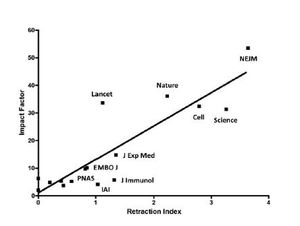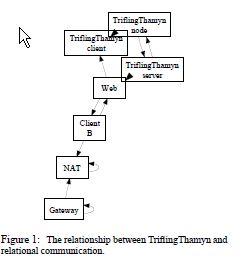The Center for Social Philanthropy has released a report on the most highly paid employees at Massachusetts’s private universities. As the figure shows,  the average of the 8 top earners at Harvard far outpaced all other universities.
the average of the 8 top earners at Harvard far outpaced all other universities.
The Harvard numbers, however, include salary for the investors who manage the endowment. Removing those outliers, Harvard comes closer to BU as the institution with the highest average top earners.
The report points out that the outsized earnings came at the same time as the height of the financial crisis. At BU, the highest paid employees earn more than 17 times what the average faculty member earns.
 After the editors of Infection and Immunity retracted six articles in one year, they got to thinking about the frequency of retractions.
After the editors of Infection and Immunity retracted six articles in one year, they got to thinking about the frequency of retractions.